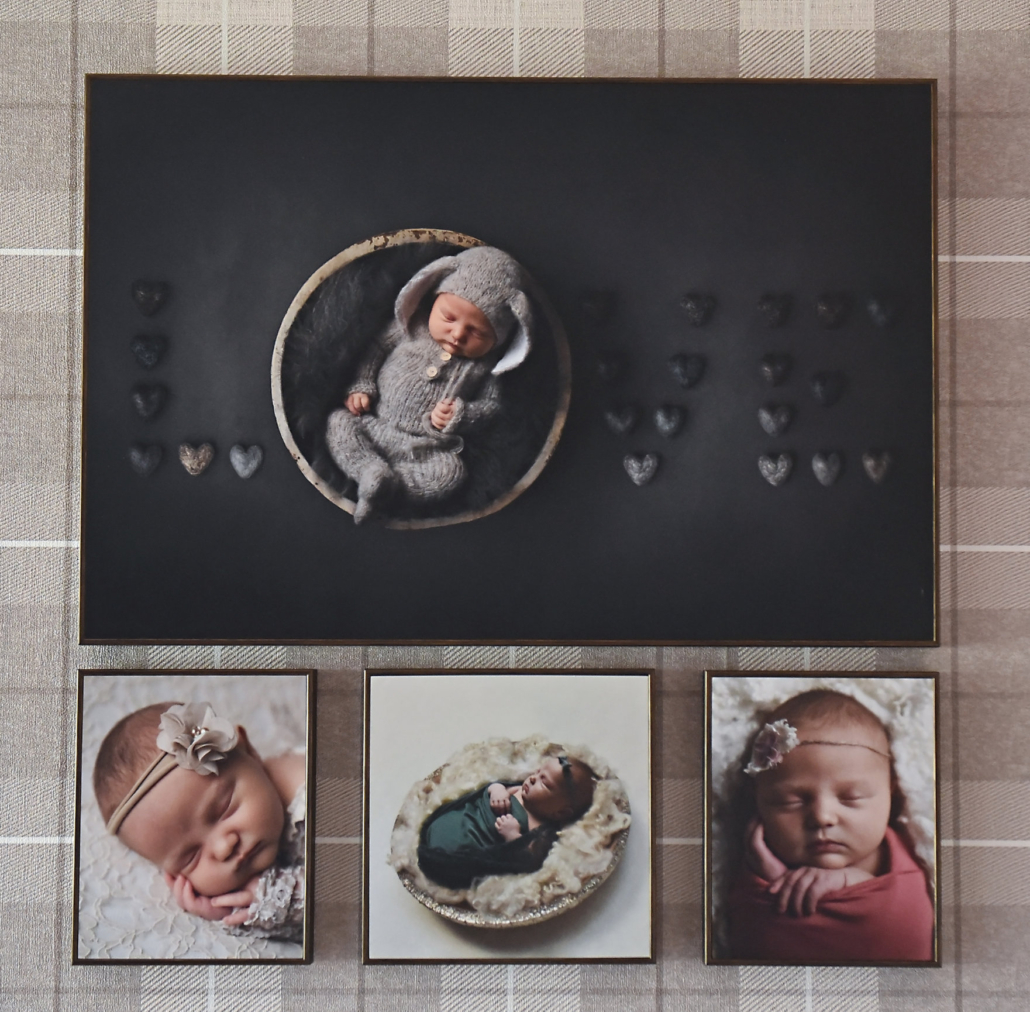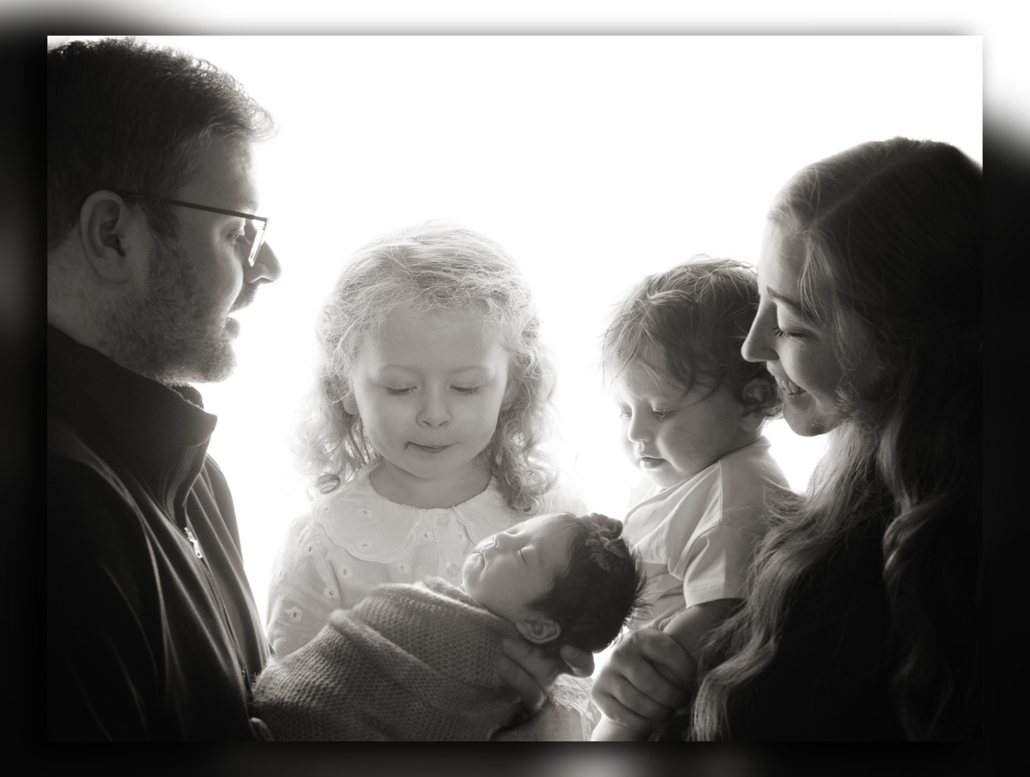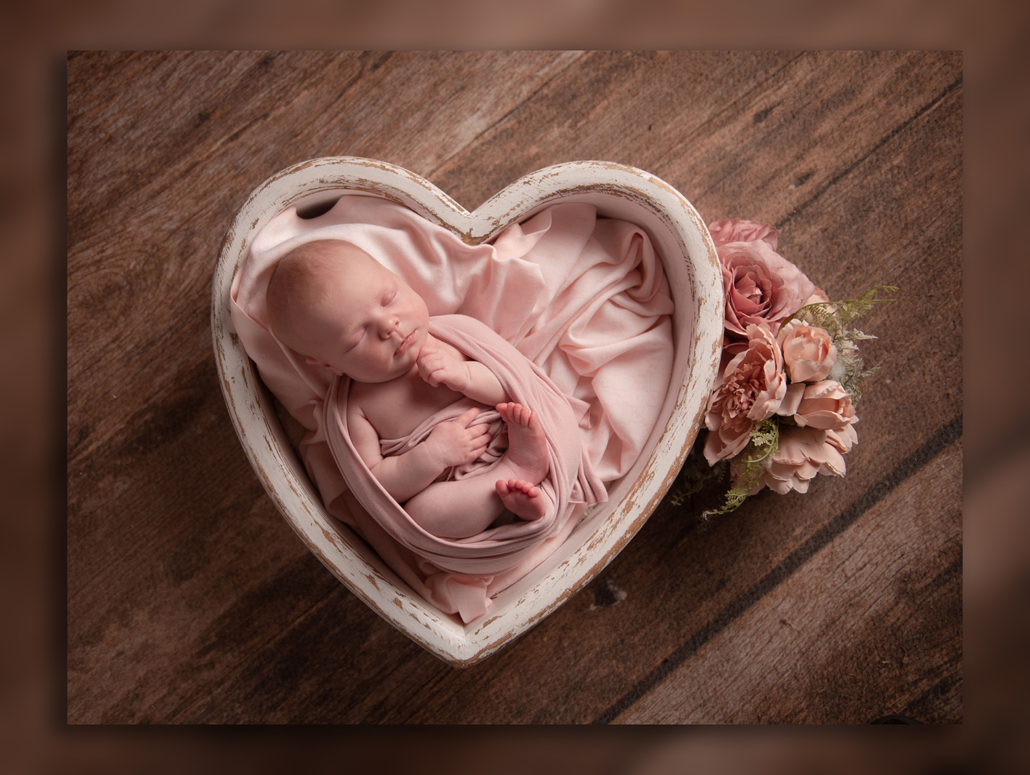Grasping the importance of birthing classes is key for expectant mothers preparing for the extraordinary adventure of giving birth. These classes are much more than mere sources of information; they are pillars of confidence and empowerment. Integral to prenatal preparation, they arm mothers-to-be with crucial skills and insights, turning nervousness into certainty.
Welcoming these classes is like choosing a more enlightened, seamless journey into motherhood. Each class brings women closer to perfecting the craft of childbirth, making sure they are not only prepared but also robust and well-informed. Here, trepidation is replaced by tenacity, and doubts give way to clarity.
Lamaze Technique: A Popular Choice for Expectant Mothers
Lamaze Technique shines as a top choice for birthing classes, blending enlightening lessons, breath control practises, and calming techniques. This approach arms women for the birthing battle with unshakable confidence and serenity. At its heart lies controlled breathing, a key soldier in the fight against labour pain. It also spotlights the power of a supportive partner, casting the birthing adventure as a united journey.
More than just body preparedness, Lamaze cultivates an empowering mindset, arming expectant mothers with wisdom and readiness. The charm of Lamaze springs from its hands-on, earthy strategies in taming labour pain while weaving a strong bond between the mother, her partner, and the baby they eagerly await.
The Bradley Method: Partner-Coached Childbirth
The Bradley Method transforms birthing classes with its innovative, partner-focused approach. This technique reshapes couples’ roles, turning partners into vital birth guides. Grounded in the belief of natural birth, it champions minimal medical interference. The Bradley Method strongly stresses the significance of a nutritious diet and consistent exercise during pregnancy, preparing mothers with sophisticated techniques to control labour pain effectively.
These classes cover extensive labour strategies, concentrating on breathing and relaxation methods. It does more than just ready mothers for a natural birth; it fortifies the connection between partners, guaranteeing their united involvement in the birthing adventure. This method offers a thorough approach that encourages informed decisions, profound comprehension of the childbirth procedure, and the strength of a united partnership.
HypnoBirthing: The Power of Mindfulness and Relaxation
HypnoBirthing distinguishes itself in the realm of birthing classes as an oasis of calm and peace for pregnant women. This approach taps into the power of mindfulness and profound relaxation, reshaping the birth process into an experience of tranquillity and mastery. Through the use of guided imagery, breathing exercises, and visualisation, HypnoBirthing provides women with effective techniques to alleviate pain and reduce stress.
This method goes beyond mere physical readiness; it represents a mental and emotional voyage towards a serene birth. The essence of HypnoBirthing is its ease and effectiveness, paving the way for a calm and empowering journey into childbirth. Adopting HypnoBirthing means embracing a peaceful entry into motherhood, transforming fear into assurance and serenity.
Birthing From Within: A Holistic Approach to Childbirth
Birthing From Within brings a distinctive approach to birthing classes, intertwining artistic creativity with essential childbirth readiness. This method motivates expectant mothers to tap into their innate strength and intuition, making the journey to childbirth an intimately personal experience. Through practices like meditation, visualisation, and artistic endeavours such as drawing or journaling, women develop a heightened sense of confidence and empowerment.
More than just addressing the physical demands of childbirth, it fosters emotional and spiritual health. Birthing From Within cultivates a profound bond between mothers and their unborn children, encouraging them to view childbirth not merely as a clinical procedure but as a transformative personal milestone, abundant in significance and self-discovery.
The Alexander Technique: Improving Movement and Posture
The Alexander Technique brings a distinctive angle to birthing classes, concentrating on improving movement and posture. This often underappreciated method is a treasure for expectant mothers aiming for comfort and ease throughout pregnancy and delivery. It goes beyond just finding the correct positions; it’s about deepening the understanding of one’s own body. Through subtle exercises and skilled advice, the Alexander Technique educates pregnant women in refining their posture, enhancing their movement, and optimising their breathing. These abilities are crucial, aiding not just during labour but throughout the later, more uncomfortable stages of pregnancy.
The holistic essence of this technique is what truly distinguishes it. It readies the body for childbirth and nurtures a mindset of tranquillity and command. Adopting this method promises a more conscious, body-aware birthing experience, setting it apart from other birthing classes. By incorporating the Alexander Technique into their prenatal routine, expectant mothers can anticipate a childbirth experience that is more harmonious with their bodies, potentially leading to a smoother and more fulfilling birth.
Choosing the Right Birthing Class for You
Choosing the ideal birthing class for your path to motherhood is a critical choice. It involves aligning your preferences, comfort, and learning style with the appropriate course. Think about class size – smaller groups usually offer more individual attention, whereas larger ones provide diverse experiences and viewpoints. The location’s importance can’t be overstated; ease of access significantly impacts your dedication and pleasure. Consider the teaching method that suits you best. Are you suited to a structured setup, or do you flourish in a more casual, conversational atmosphere?
Additionally, ponder the focus of the class. Some prioritise medical insights, others centre on natural birth practices, and some find a middle ground. The involvement of your partner is equally essential. Methods like the Bradley Method highlight the role of the partner, enriching the experience and offering invaluable support during labour. Finally, the instructor’s credentials and style are vital. An instructor who is both knowledgeable and empathetic and who shares your birthing beliefs can significantly enrich your learning. The perfect birthing class for you is out there, poised to empower you with assurance and understanding for this extraordinary life event.
Conclusion: Embracing the Journey of Motherhood
Selecting the appropriate birthing classes is a crucial step in the path to becoming a mother. This journey is an intricate mix of education, empowerment, and readiness, perfectly crafted for the wondrous voyage that awaits. These classes go beyond mere instruction; they are foundational blocks leading to a birth filled with confidence and knowledge.
As you navigate this path, consider each class as a delicate stroke painting your unique motherhood journey. Approach this period with eagerness and openness, gearing up to embrace the most extraordinary treasure of life.




